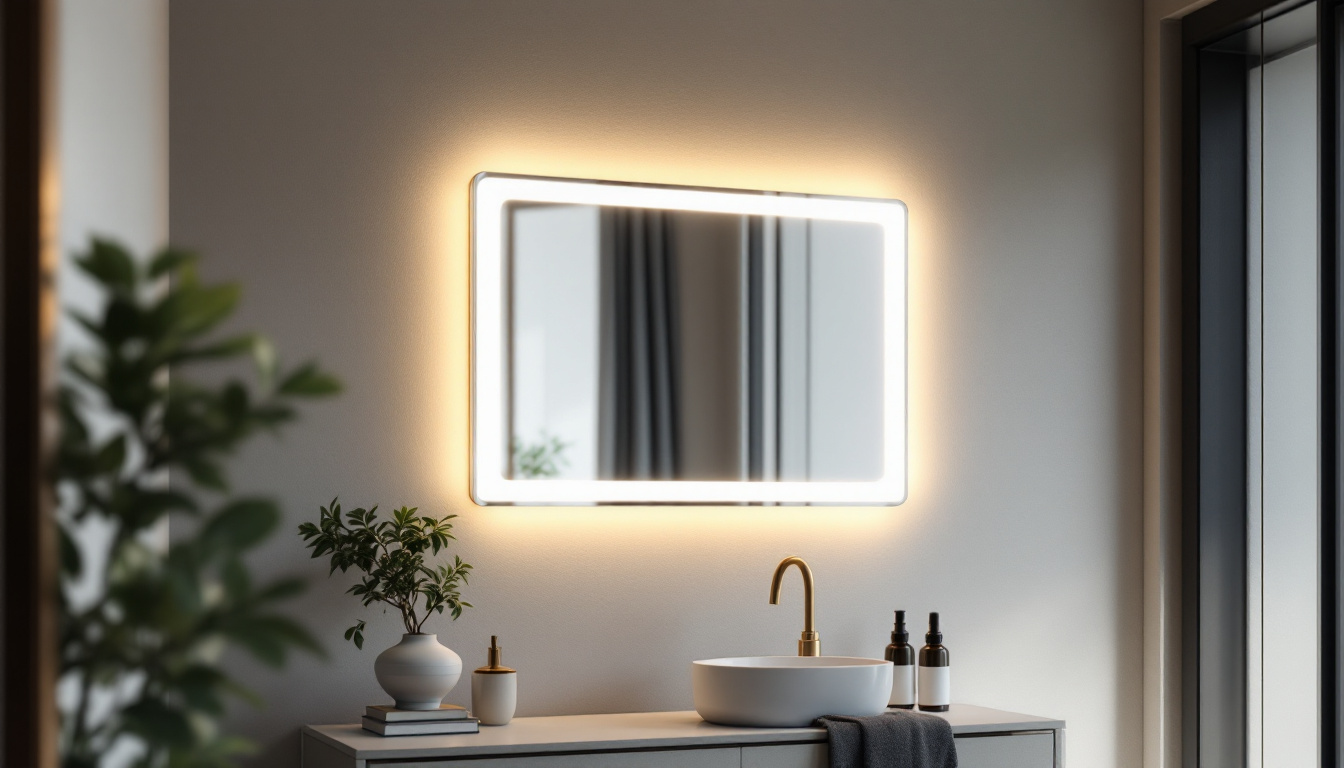
In the world of lighting design, the details matter. Among these details, pot light trim rings stand out as essential components that can significantly enhance the overall aesthetic and functionality of a lighting installation. These trim rings not only provide a finished look to recessed lighting fixtures but also play a crucial role in the performance and versatility of the lighting system. For lighting contractors, understanding the importance of pot light trim rings can lead to more successful projects and satisfied clients.
Pot light trim rings, also known as recessed light trim, are the visible part of a recessed lighting fixture that surrounds the opening in the ceiling. They serve both functional and aesthetic purposes, creating a seamless transition between the light fixture and the ceiling. Available in various styles, finishes, and sizes, these trim rings can complement any interior design while ensuring optimal light distribution.
When selecting pot light trim rings, it is essential to consider the different types available. The most common options include:
Each type of trim ring serves a specific purpose, and selecting the right one can enhance the effectiveness of the lighting design. Understanding the nuances of each option allows contractors to tailor their choices to the needs of the project. For instance, in a home office, a combination of reflector and adjustable trims could be used to provide both focused light for work and ambient light for relaxation.
Pot light trim rings are made from various materials, including metal, plastic, and glass. The choice of material affects not only the appearance but also the durability and heat resistance of the trim. Metal trims, for instance, tend to be more robust and offer a modern look, while plastic trims are lightweight and often more cost-effective. Glass trims, on the other hand, can add a touch of elegance and sophistication, making them suitable for high-end residential or commercial spaces.
Finishes also play a vital role in the selection process. Options such as matte, polished, or brushed finishes can complement different design styles, from contemporary to traditional. A polished chrome finish might be perfect for a sleek, modern kitchen, while a matte black trim could enhance the rustic charm of a farmhouse-style living room. By understanding the available materials and finishes, lighting contractors can make informed decisions that align with their clients’ preferences. Additionally, considering the overall color palette and texture of the room can further guide the selection process, ensuring that the trim rings not only serve their functional purpose but also contribute to the overall aesthetic harmony of the space.
Even the most aesthetically pleasing pot light trim rings can fall short if not installed correctly. Proper installation is critical to ensure that the trim rings function optimally and maintain their visual appeal over time. This section outlines key considerations for successful installation.
Before installation, it is crucial to verify that the trim rings are compatible with the recessed lighting fixtures being used. Different fixtures may have varying dimensions and mounting requirements, so confirming compatibility can prevent installation issues and ensure a seamless fit.
Additionally, contractors should be aware of the type of ceiling material and thickness, as this can affect the installation process. For instance, drywall ceilings may require different mounting techniques compared to plaster or drop ceilings. Understanding the nuances of each material can help in selecting the right fasteners and tools, ultimately leading to a more secure and aesthetically pleasing installation. It’s also beneficial to consider the ceiling height, as this can influence the choice of trim ring style and the overall lighting effect in the space.
Every manufacturer provides specific installation guidelines for their products. Adhering to these instructions is essential to ensure safety and performance. This includes understanding wiring requirements, securing the trim ring properly, and ensuring that the fixture is adequately supported.
By following manufacturer guidelines, contractors can avoid potential pitfalls that may arise from improper installation, such as flickering lights or trim rings that become loose over time. Moreover, it’s important to pay attention to the recommended wattage and type of bulbs that can be used with the fixtures. Using incompatible bulbs can not only affect performance but may also void warranties or lead to safety hazards. Additionally, taking the time to double-check all connections and ensuring that the electrical components are up to code can prevent future maintenance issues and enhance the longevity of the lighting system.
Pot light trim rings are not just functional components; they also play a significant role in enhancing the overall aesthetics of a space. The right trim can elevate the design of a room, making it feel more cohesive and thoughtfully planned. These seemingly small details can have a surprisingly large impact on the overall perception of a room, transforming an ordinary space into one that feels curated and intentional.
When selecting trim rings, it is essential to consider the overall design theme of the space. For modern interiors, sleek and minimalistic trim rings may be more appropriate, while traditional spaces may benefit from ornate designs. By choosing trim rings that align with the design vision, contractors can create a cohesive look that ties the room together. Additionally, the choice of trim can reflect personal style; for instance, a homeowner with a penchant for industrial design might opt for matte black or brushed metal finishes that complement raw materials like exposed brick or steel beams.
Furthermore, the color and finish of the trim rings can either blend in with the ceiling or provide a contrasting element that draws attention to the lighting fixtures. This choice can significantly impact the visual dynamics of the space. For example, a white trim ring against a dark ceiling can create a striking focal point, while a matching color can lend an understated elegance. The interplay of colors and textures can also enhance the architectural features of a room, guiding the eye and creating a sense of flow throughout the space.
The right trim ring can also enhance the quality of light emitted from the fixture. For instance, using a reflector trim can increase brightness and improve the distribution of light, making it ideal for task-oriented spaces like kitchens or work areas. This is particularly important in areas where precision is key, such as when preparing food or working on detailed projects. The ability to direct light effectively not only improves functionality but can also reduce eye strain and create a more pleasant working environment.
Conversely, baffle trims can create a softer, more diffused light, which is perfect for living rooms or bedrooms where a cozy ambiance is desired. Understanding how different trim rings affect light quality enables contractors to make selections that meet their clients’ lighting needs. Moreover, the use of dimmable trims can further enhance versatility, allowing homeowners to adjust the brightness according to the time of day or mood. This adaptability not only contributes to comfort but also supports energy efficiency, making it a wise choice for environmentally conscious consumers. The careful selection of trim rings, therefore, becomes an integral part of both the aesthetic and functional design of any space, ensuring that every detail contributes to the overall experience.
While pot light trim rings are often considered a small detail in the grand scheme of a lighting project, their cost can add up, especially in larger installations. Therefore, it is essential for contractors to evaluate the cost-effectiveness of different options.
When budgeting for a lighting project, contractors should account for the cost of trim rings alongside other materials and labor. It is advisable to provide clients with a range of options, from economical to premium trim rings, to accommodate different budget levels.
By presenting various choices, contractors can help clients understand the value of investing in higher-quality trim rings that may offer better durability and aesthetics over time.
Investing in quality pot light trim rings can yield long-term benefits. Higher-quality materials and finishes are less likely to wear out or require replacement, ultimately saving money on future repairs or replacements. Additionally, well-chosen trim rings can enhance the overall value of a property, making them a worthwhile investment for homeowners.
As with any design element, trends in pot light trim rings evolve over time. Staying informed about the latest trends can help contractors offer fresh and innovative solutions to their clients.
Minimalism continues to dominate the design landscape, with many homeowners opting for clean lines and understated elegance. Trim rings that are simple, unobtrusive, and blend seamlessly into the ceiling are increasingly popular. These designs allow the lighting itself to take center stage, creating a sophisticated look.
With the rise of smart home technology, there is a growing demand for trim rings that accommodate smart lighting systems. These systems often require specific trim designs to ensure proper functionality and aesthetics. Contractors should stay updated on the latest smart lighting solutions and their corresponding trim ring requirements to meet client expectations.
Pot light trim rings are more than just decorative elements; they are essential components that contribute to the overall success of lighting projects. By understanding the various types, materials, and installation techniques, lighting contractors can make informed choices that enhance both aesthetics and functionality.
As trends continue to evolve, staying informed about the latest designs and technologies will enable contractors to provide innovative solutions that meet the needs of their clients. Ultimately, investing time and effort into selecting the right pot light trim rings can lead to successful lighting projects that leave a lasting impression.
Ready to elevate your lighting projects with the finest pot light trim rings on the market? Look no further than LumenWholesale, where we provide contractors with the highest quality, spec-grade lighting products at unbeatable wholesale prices. Our extensive selection is designed to meet the highest industry standards, ensuring your projects shine with reliability and high performance. Plus, with free shipping on bulk orders, you can stock up on premium lighting solutions without worrying about hidden fees or compromises. Don’t miss out on the perfect blend of quality, affordability, and convenience. Visit LumenWholesale now for Wholesale Lighting at the Best Value and make your next project a resounding success.

Discover how LED wall mirrors can revolutionize your lighting projects by enhancing efficiency and aesthetics.

Discover the advantages of solar street lamps for lighting contractors, from cost savings to eco-friendly solutions.

Discover the must-have tools for lighting contractors to transform dim and light hallways into inviting spaces.

Discover how UV light boxes can transform your lighting business with increased efficiency and profitability.